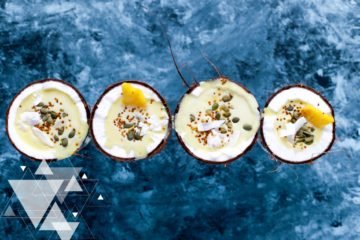WHAT IS RUM ?
Rum is one of the most popular liquor in the world. Rum is is a liquid distilled from sugarcanes. It contains the natural flavour and oil of the sugarcane. As for the taste , it is the most generally drinking spirit in the world and is produced around the world. Now the question is , What is rum made of? The question can be answered very simply– it is made from sugar. The sugar maybe either pure cane sugar, a syrup or molasses. How is Rum made?
- Directly fermenting sugarcane juice
- Creating a concentrated syrup from sugarcane juice and then fermenting
- Processing the juice into molasses followed by fermenting
HISTORY Of RUM
Rum, as we know it today, began to be distilled in the 17th century. The First distallation of rum took place on the sugarcane plantation of the Caribbean in the 17th century. Plantation slaves find that molasses, a by-product of the sugar refining process, could be fermented into alcohol. Later, the distallation of these alcoholic byproducts concentrated the alcohol and removed impurities, producing the first modern rums. Basically as per sayings that Rums originated in the West Indies and are the first mentioned in records from Barbados in about 1650. It was called “rumbullion” and by 1667 were simply called Rum. Rum figured in the slave trade of the Americans colonies: after rums development in the Caribbean , the drink’s popularity spread to colonial North America.

To support this demand as well as the the increasing demand for sugar in Europe during the 17th and 18th centuries , a labour force to work the sugar plantation was needed. To fulfill the demand slaves were brought from Africa and traded to the West Indies for molasses, the molasses was made into rum in New England. The manufacture of of rum became early colonial New England’s largest and most prosperous industry.
By the late 17th century rum had replaced French brandy as the exchange alcohol of choice in the triangle trade. Canoenen and guards on the African side of the trade, who had previously been paid in brandy, were now paid in rum.
TYPES Of RUM
Rum comes in a far greater range of styles then most other spirits. There are many kinds of rums. Rum is produced in more than 80 countries, using many different methods.
1.White or Clear Rum: Also known as light rum. White rum is clear, usually has milder flavor and lighter body than gold or dark rum. This rum is purified through charcoal, aged in Oak or stainless steel barrel and then filtered to remove color. The rum’s light texture and taste , makes it popular for cocktails and other mixed beverages.
2.Gold Rum: Gold Rums are often aged several years or more. Subtle flavors of vanilla, almond, citrus, caramel or coconut may be present from the type of barrel used in aging process. Gold rums are used to make cocktails . Gold rums are enjoyed on the rocks or neat.
3.Dark Rum: Also known by their particular color, such as brown, black, or red rums, are classes a grade darker than gold rums. Aged for longer periods of time, in heavily charred barrels, making much stronger flavors then either light or gold rums. Dark runs are generally made from caramelized sugar or molasses.
4.Premium rums: These are generally from boutique brands that sell carefully produced and aged rums. Many fine rums are aged in Oak barrels for years to achieve a superior flavor. Aged rums often represent the finest example of mature rums from a distillery. Rums labeled premium or ultra premium often contain age statement.
5.Spiced rums: Spiced rums get theirs flavors through the addition of spices and sometimes, caramel. Most spiced rums are dark in color and based on gold rums. Many spices are added to mdke spiced rums , such as cinnamon, rosemary, cloves, cardamom, pepper and aniseed. These rums offer unique flavors to cocktails.
6.Overproof rum: Overproof rums contain higher concentrations of alcohol. There are two types : Navy-strength rum is an overproof rum with 57 percent ABV, and 151 rum is an overproof rum with 75.5 percent ABV.

Cheer?s



0 Comments